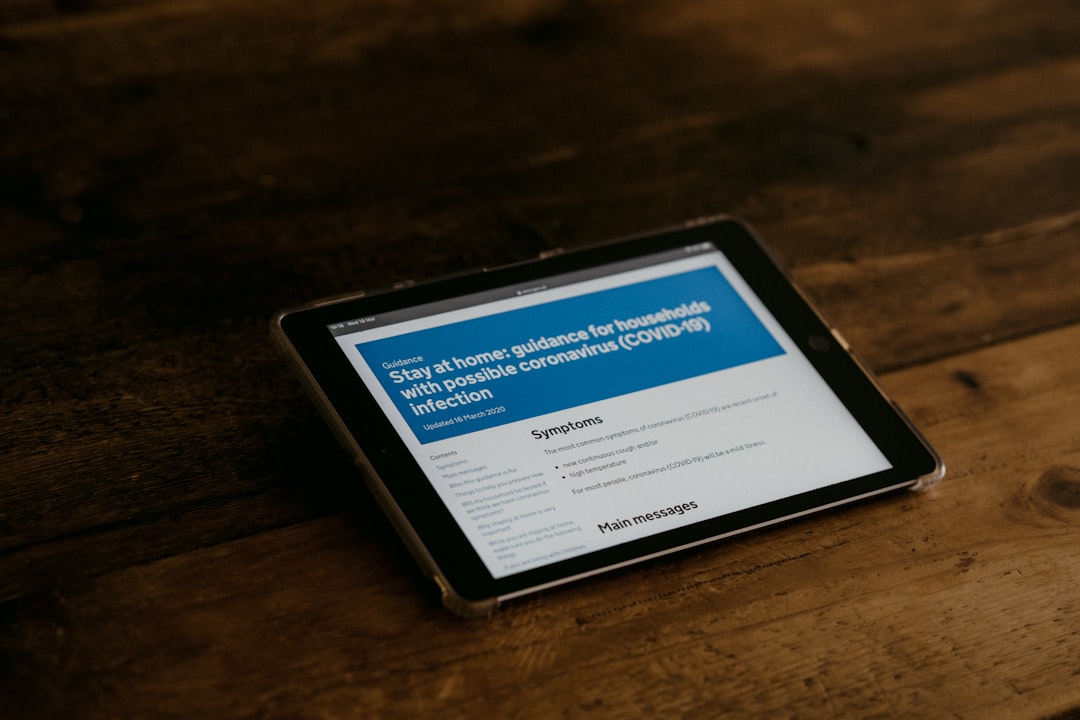In industries where heavy equipment, vehicles, tools, or machinery are essential to daily operations, managing and maintaining these assets is paramount. One of the most critical components in asset management is effectively reporting equipment damage. This process must be accurate, quick, and verifiable. The integration of three simple but powerful elements—photo documentation, timestamps, and signatures—has revolutionized the way companies handle equipment damage reporting. Together, these components build a transparent and accountable system, helping reduce downtime and promoting workplace responsibility.
The Importance of Equipment Damage Reporting
Equipment damage can occur due to various reasons—operator errors, mechanical failures, environmental conditions, or even sheer wear and tear. Failing to report and address such damage promptly can lead to more extensive breakdowns, increased safety risks, and loss of productivity. Therefore, a structured damage reporting process is not just about logging an issue; it’s a frontline strategy for minimizing risk and maximizing efficiency.
Challenges in Traditional Reporting Systems
Historically, damage reporting was done using paper forms or verbal recounts documented after the fact. These methods are prone to problems:
- Lack of real-time information
- Poor image quality or absence of visual proof
- Difficulties in confirming who filed the report and when
- Room for miscommunication or even malfeasance
Today, digital tools allow every employee involved in the handling of equipment to submit a report that includes a photo, timestamp, and signature—thereby addressing all the major shortcomings of traditional systems.
Photo Documentation: Visual Proof of Damage
A picture is worth a thousand words, especially when documenting physical damage to equipment. Photographic evidence provides undeniable clarity:
- Highlights the exact location and extent of the damage
- Enables remote teams or supervisors to assess the issue quickly
- Creates a visual record for future reference or insurance claims
Photos also help in comparing past and present conditions of the equipment, allowing managers to distinguish between fresh damage and ongoing wear.

Timestamps: Establishing a Timeline
Along with a photo, a timestamp serves a crucial function in damage reporting. A timestamp cemented in a digital log answers these questions:
- When did the damage occur?
- When was it reported?
- How much time has elapsed since the issue was identified?
This chronological information is invaluable in understanding events that led to the damage and in holding the right individuals or teams accountable. Moreover, it speeds up repairs and enables concise tracking throughout the maintenance lifecycle.
Signatures: Accountability and Authorization
The final piece of the puzzle is the signature. Whether captured digitally on a touchscreen or entered via an authenticated submission, a signature links the report to a specific individual. This brings two significant advantages:
- Accountability: Knowing who submitted the report reinforces responsibility.
- Verification: Supervisors or maintenance leads can easily validate the integrity of the report based on the signer’s identity.
A system that logs both the reporter’s and the supervisor’s signature becomes a closed loop, signifying a verified handoff from detection to resolution.
Benefits of Using All Three Elements Together
Individually, photos, timestamps, and signatures are helpful; when combined, they offer a holistic and powerful reporting solution:
- Transparency: Clear evidence of the issue and when it occurred
- Traceability: Records that show who was involved at each step
- Efficiency: Faster maintenance turnarounds and less need for follow-up clarification
- Compliance: Keeps the company in line with internal policies and external regulations
Implementing a Modern Damage Reporting System
Adopting a modern system doesn’t have to be expensive or complex. Many asset management or workflow tools incorporate easy-to-use mobile applications where employees can:
- Snap a photo directly from their phone or tablet
- Have the system log the timestamp automatically
- Sign the submission with a stylus or fingerprint

Cloud-based systems allow these reports to sync in real time across departments, enabling immediate corrective action and record keeping. Some enterprises even integrate these features with their overall ERP or CMMS systems, centralizing information for audit purposes.
Training Employees for Accurate Reporting
Even the best system will fail if users aren’t trained properly. Companies should make it part of onboarding or regular safety training to:
- Teach employees how to capture clear, comprehensive photos
- Review what information constitutes a valid report
- Demonstrate how and where to digitally sign a report
Reinforcing this behavior helps build a culture of accountability and continuous improvement.
Real-World Impact
Organizations that have implemented photo + timestamp + signature-based damage reporting often see measurable benefits within months:
- Reductions in repeat damage due to improved root cause analysis
- Faster turnaround times on repairs
- Decreased costs from unnecessary replacements
- Improved morale and safety perceptions among workers
The data generated from these reports can even contribute to predictive maintenance strategies, helping identify patterns in equipment failures over time.

Conclusion
In today’s fast-paced and safety-conscious work environments, accurate and efficient equipment damage reporting isn’t just a best practice—it’s a necessity. Including a photo, timestamp, and signature in every report not only brings transparency but also ignites a systematic approach to resolving equipment issues swiftly. By adopting this triple-threat method, businesses position themselves to reduce operational interruptions, elevate safety protocols, and protect their valuable investments.
FAQ
-
Q: Why is photo documentation necessary in damage reports?
A: Photos provide irrefutable evidence of the type, extent, and location of the damage. They assist in remote assessments and serve as reference points for quality control and insurance purposes. -
Q: What formats are suitable for timestamps?
A: Ideally, timestamps should follow ISO 8601 format (e.g., 2024-06-12T14:30:00Z) for consistency across time zones and systems. -
Q: Are digital signatures legally valid?
A: Yes, in most jurisdictions digital signatures are as valid as handwritten ones, provided they meet authentication and integrity standards. -
Q: How can small businesses implement this kind of system affordably?
A: Many mobile inspection apps offer free or low-cost versions with capabilities for photo capture, timestamping, and capturing digital signatures. Starting small with a pilot program can yield great ROI. -
Q: Do these systems require internet access to work?
A: While cloud syncing requires an internet connection, most mobile apps can operate offline and upload data once reconnected.
